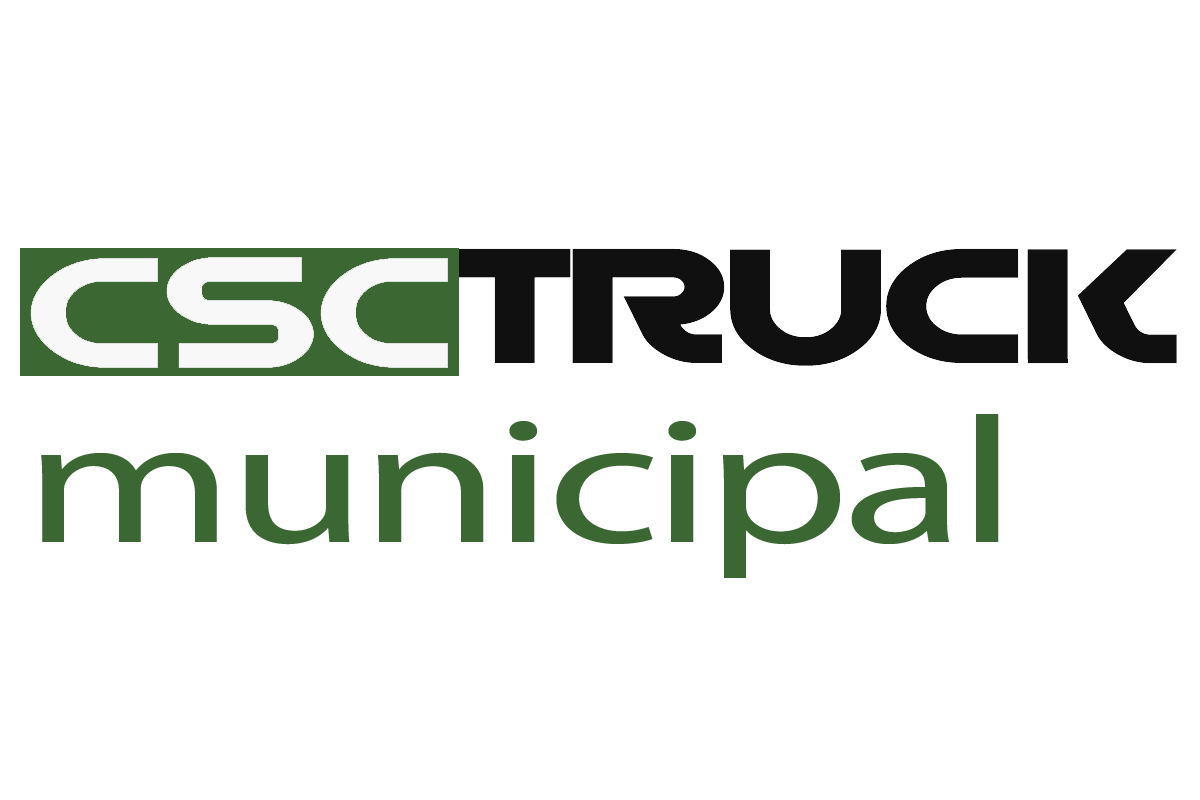When we think about modern waste management and the familiar sight of garbage trucks rumbling down our streets, it’s easy to assume that they have been a part of our daily lives for centuries. However, the truth is that the history of garbage trucks is a relatively recent one, with their origins dating back to the late 19th century. In this article, we will explore the fascinating journey of garbage trucks, tracing their evolution and highlighting their crucial role in keeping our cities clean.
The idea of organized waste removal is not a new concept. In ancient civilizations, such as ancient Rome and Egypt, there were designated dumping areas outside city walls, where waste was collected and disposed of. However, these early methods relied heavily on manual labor and lacked the efficiency and structure we associate with modern waste management.

The first significant development in garbage collection came in the form of horse-drawn carts. In the early 19th century, these carts were introduced in larger cities to transport waste from homes and businesses to designated dumping grounds. This system brought some order to waste disposal, but it was far from perfect. It was labor-intensive and often relied on individual scavengers to pick through the waste, looking for items of value or recycling potential.
The breakthrough in garbage truck technology came in 1897 when the first motorized garbage truck was patented by George W. Dempster. Known as the “Dempster Dumpster,” this innovative design featured a mechanical lifting device at the rear of the truck, allowing workers to empty large containers into the truck without the need for heavy lifting. The Dempster Dumpster marked a significant leap forward in waste collection efficiency and became the precursor for modern garbage trucks.
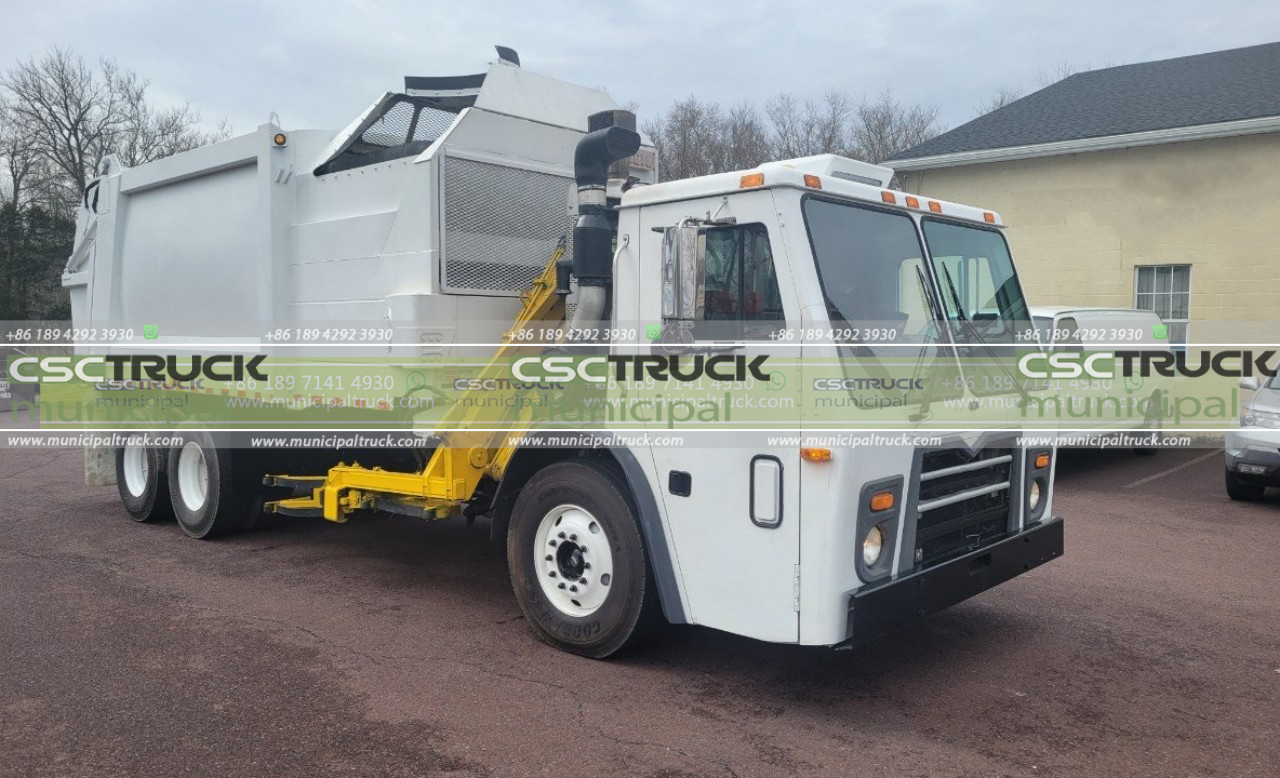
Following the success of the Dempster Dumpster, several other inventors and manufacturers entered the garbage truck market. By the early 20th century, various designs emerged, including rear-loading and side-loading trucks. These trucks featured hydraulic systems and compacting mechanisms to increase their capacity and improve waste collection efficiency. The garbage truck industry began to flourish, and municipalities worldwide started investing in these new waste management technologies.
The 1930s brought another significant advancement in garbage truck design with the introduction of the front-loading garbage truck. Developed by the Heil Company, this garbage truck allowed for even greater efficiency in waste collection. Instead of relying on manual labor to load the garbage from the rear, the front-loading truck featured an integrated bin-lifting mechanism. This innovation eliminated the need for workers to handle the waste directly, reducing the risk of injury and improving sanitation.
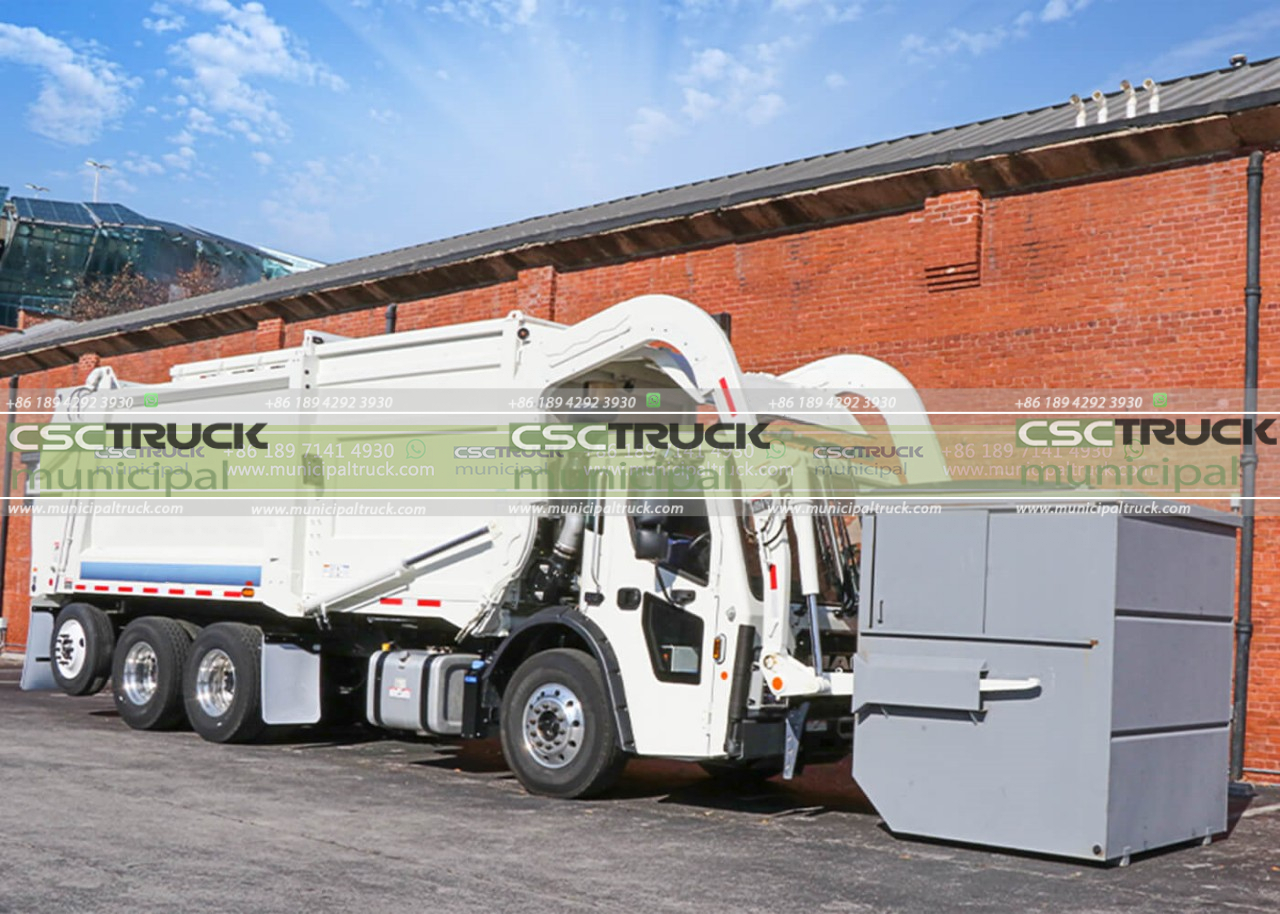
As cities continued to grow and waste volumes increased, so did the demand for more advanced garbage truck technology. In the 1950s, the first automated garbage truck was introduced. These trucks incorporated mechanical arms and lifts that could pick up and empty standardized containers without the need for manual intervention. This automation reduced the number of workers significantly required for waste collection, making the process faster and more cost-effective.
In the late 20th century, environmental concerns began to influence garbage truck design. The focus shifted towards reducing emissions and increasing fuel efficiency. Electric garbage trucks emerged as a sustainable alternative to traditional diesel-powered vehicles. These electric models offered lower noise levels, zero tailpipe emissions, and decreased operating costs. While they initially faced challenges due to limited battery technology, advancements in electric vehicle technology have made them a viable option for waste management in many cities today.
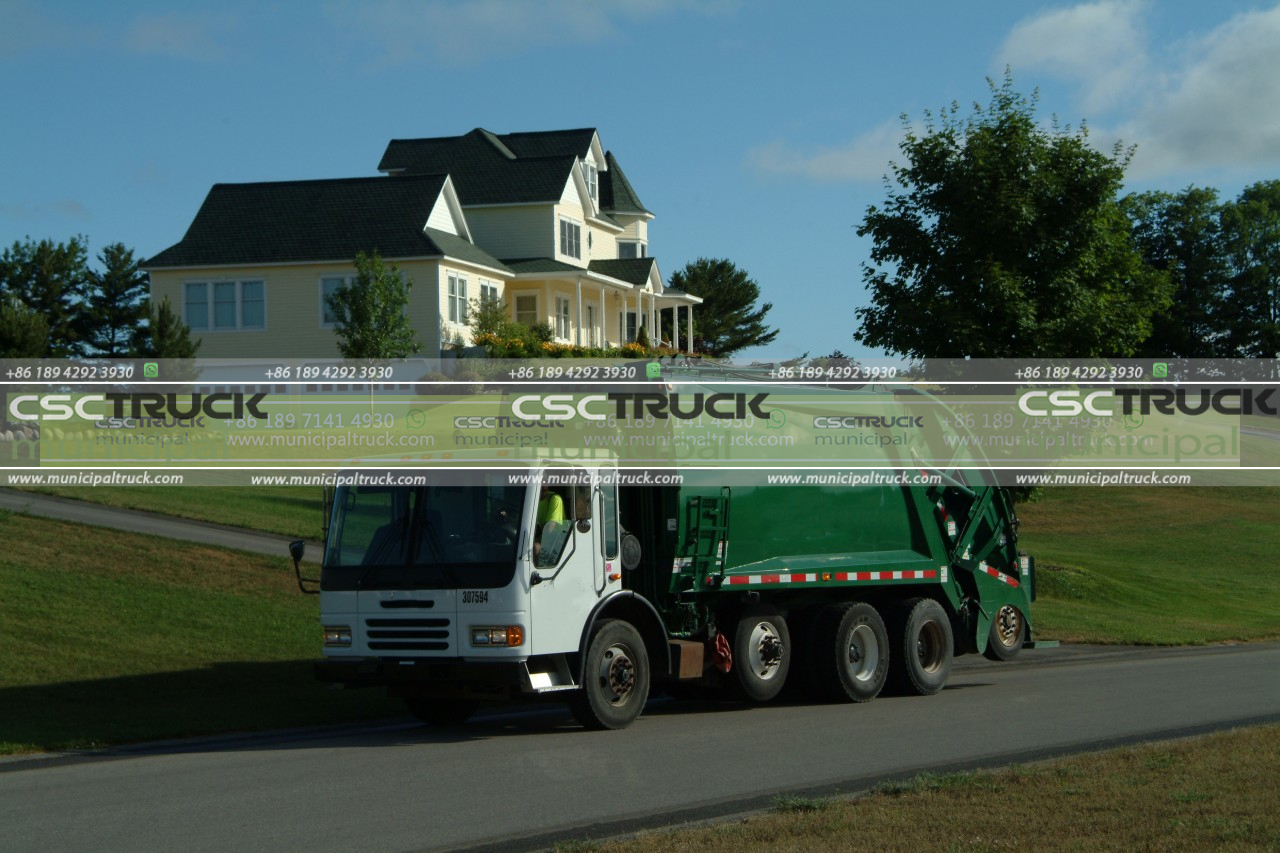
Furthermore, with the rise of smart city initiatives, garbage trucks are becoming increasingly integrated into the broader waste management infrastructure. IoT (Internet of Things) technologies are being used to monitor waste levels in containers, optimize collection routes, and reduce fuel consumption. This data-driven approach allows municipalities to make informed decisions and further improve the efficiency of their waste management systems.
In conclusion, the journey of garbage trucks has been one of innovation and progress throughout history. From the humble horse-drawn carts to the advanced automated and electric models of today, garbage trucks have played a vital role in maintaining cleanliness and public health in our cities.
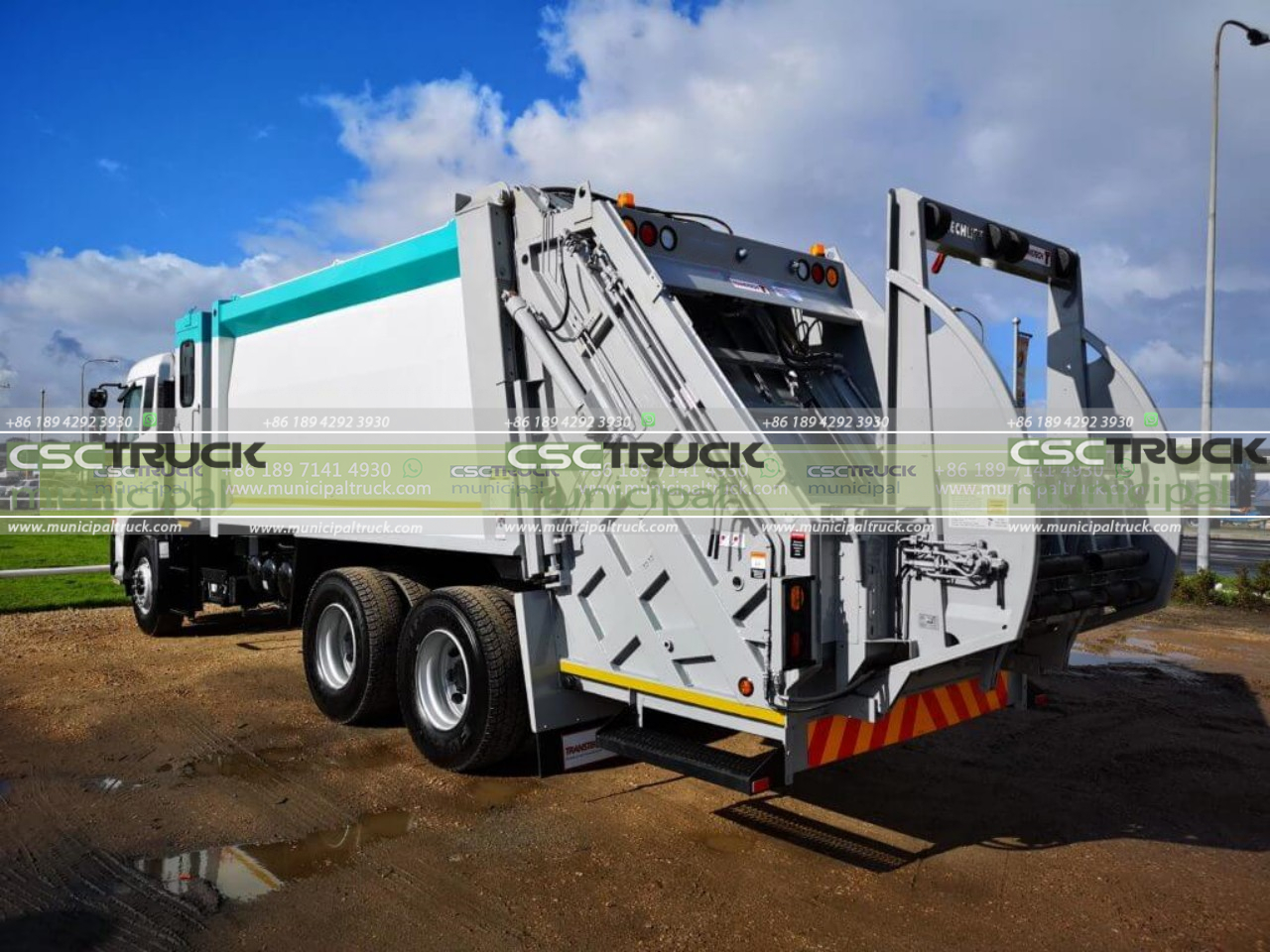
The evolution of garbage trucks has not only revolutionized waste collection but has also had a significant impact on the quality of life for city dwellers. Efficient waste management systems contribute to cleaner streets, reduced odors, and a healthier environment. The introduction of mechanized and automated garbage trucks has not only improved efficiency but also reduced the physical strain on workers, enhancing safety and minimizing the risk of injuries.
In addition to their primary function of waste collection, garbage trucks have also become essential in recycling efforts. Many modern trucks are equipped with separate compartments or systems that allow for the sorting and collection of recyclable materials. This integration of recycling capabilities within garbage trucks helps streamline the process and encourages sustainable practices.
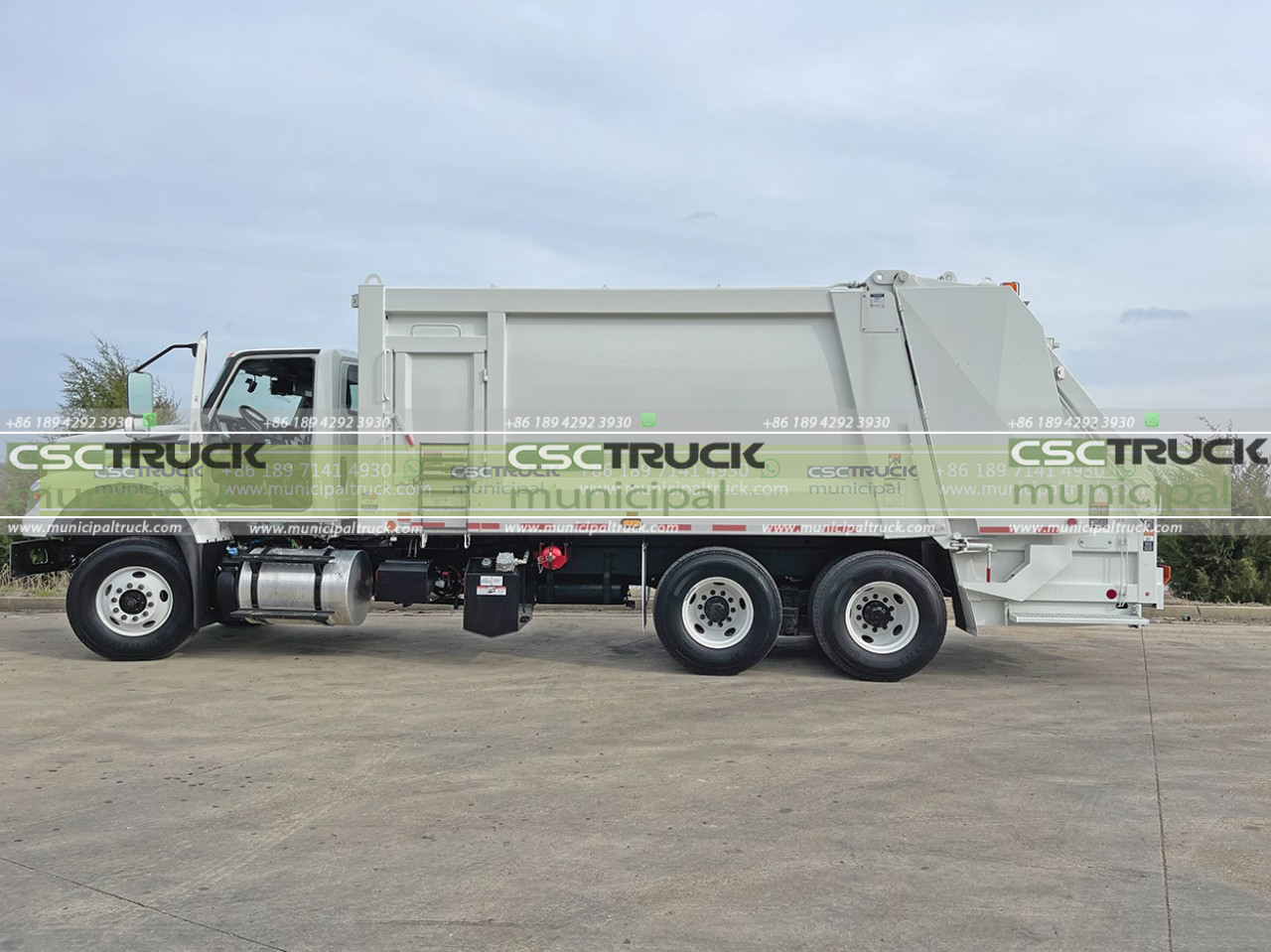
Furthermore, the future of garbage trucks holds even more innovation potential. As technology continues to advance, we can expect to see further improvements in waste management systems. Autonomous garbage trucks are being developed and tested, offering the promise of increased efficiency and reduced labor costs. These self-driving vehicles have the potential to optimize routes, minimize fuel consumption, and enhance safety.
Moreover, advancements in waste-to-energy technologies may also shape the future of garbage trucks. As the world seeks sustainable solutions for waste management and energy production, we may see garbage trucks equipped with systems to convert organic waste into renewable energy sources like biogas or electricity. This integration would not only address waste disposal but also contribute to the development of a circular economy.
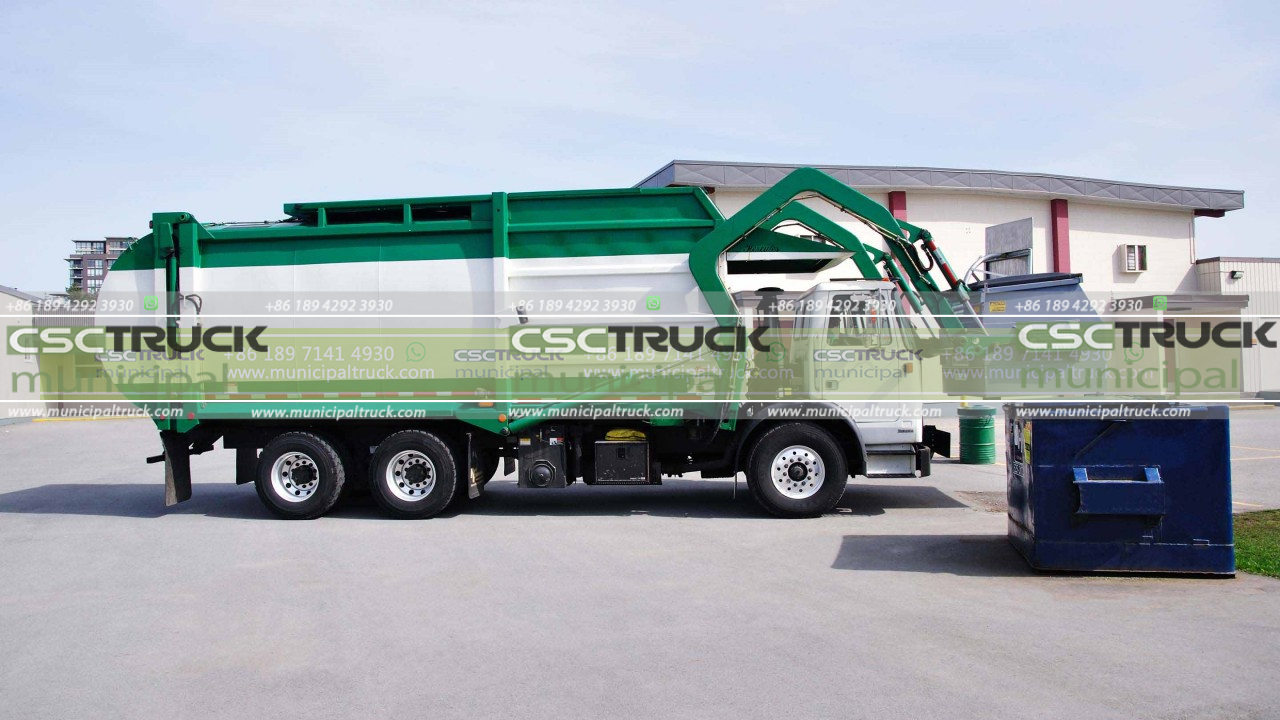
However, it is essential to recognize that the success of garbage trucks in waste management depends not only on technological advancements but also on public awareness and participation. Waste reduction and recycling initiatives at the individual and community levels are crucial in complementing the efforts of garbage trucks. By practicing responsible waste disposal and embracing recycling practices, we can help maximize the effectiveness of waste management systems and minimize our environmental footprint.
In conclusion, garbage trucks have come a long way since their humble beginnings as horse-drawn carts. From the invention of the Dempster-Dumpster to the introduction of automated and electric models, these vehicles have played a vital role in maintaining cleanliness and improving waste management efficiency. As technology continues to advance, garbage trucks will likely continue to evolve, offering even greater sustainability and efficiency in waste collection and recycling efforts. However, it is essential to remember that the success of garbage trucks ultimately depends on our collective responsibility to reduce waste and embrace sustainable practices. Only by working together can we create cleaner, healthier cities for generations to come.
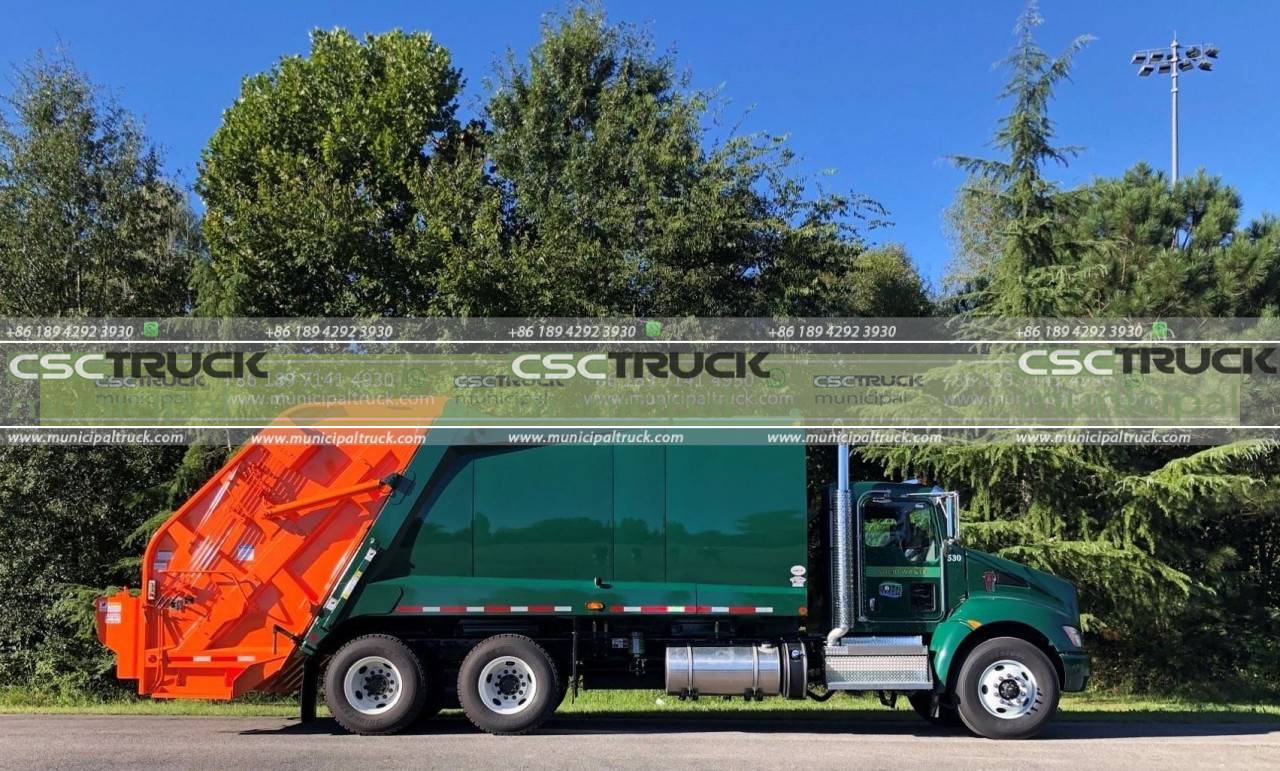
Contact us for this municipal truck or similar trucks: [email protected] Call us or What's APP us: +86 189 4292 3930
